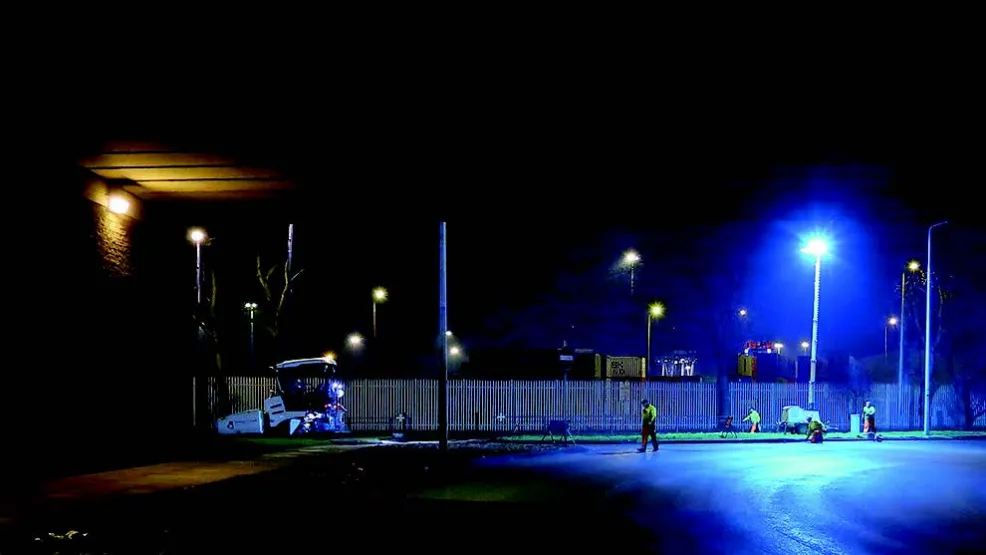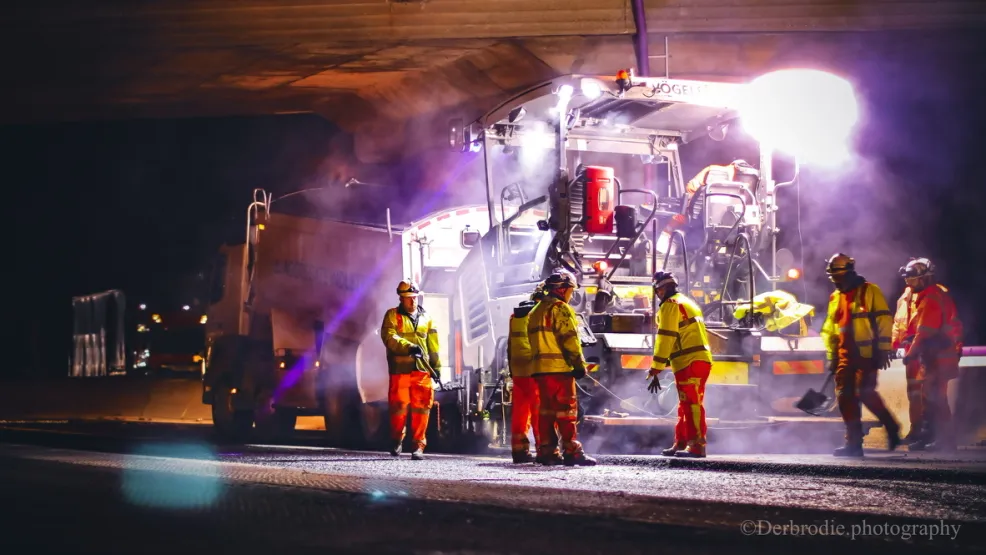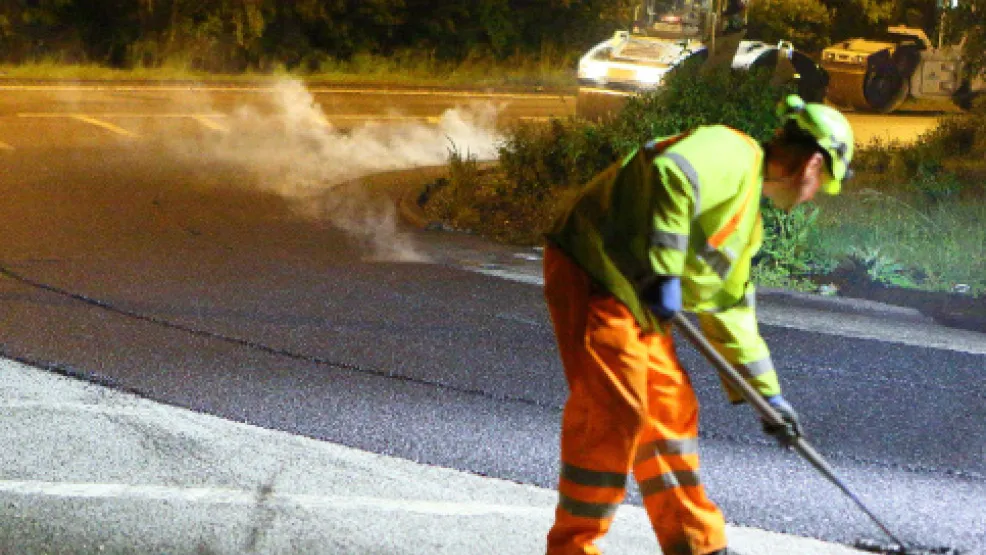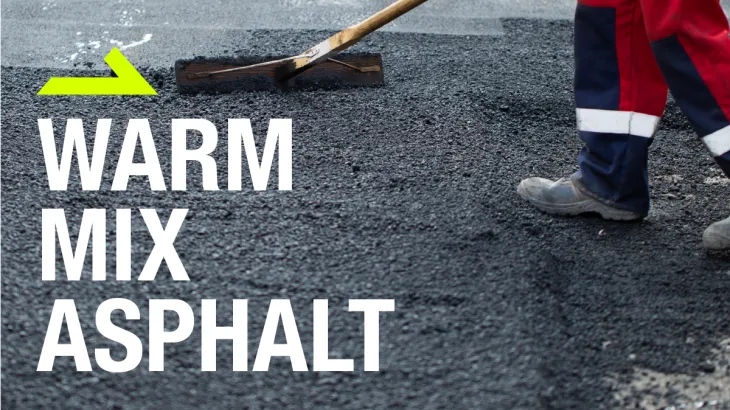M1 SMART MOTORWAY Junctions 13-16
This scheme was a continuation of the Highways England (now National Highways) programme to upgrade the M1 to a Smart Motorway.
PROJECT OBJECTIVES
A four lane Smart Motorway was created covering 38km from Junction 13 (Milton Keynes) to Junction 16 (A45 to Daventry). This was achieved by narrowing the central reservation via the installation of a concrete central barrier which in turn allowed for the widening of the hard shoulder to enable all lane running.
The main contract was awarded to the Costain and Galliford Try JV (CGT) and initially involved the planing and resurfacing of two of the existing lanes and the central reservation to create the new lanes (3 and 4) and of the hard shoulder to create new lane 1. The contract was later re-evaluated to include lane 2.
The M1 is a strategic road that enables high volumes of heavy goods and other vehicles to travel between London and the North. One of the key project objectives was to minimise the impact of construction on journey time reliability.
PROJECT SOLUTION
Having been appointed as the surfacing partner we collaborated with CGT and through extensive Early Contractor Involvement (ECI) we were able to identify value engineering opportunities that provided cost and time efficiencies, improved on-site safety and reduced the impact on the environment:
The utilisation of a 14mm aggregate in the Thin Surface Course System (TSCS) in lieu of the specified 10mm aggregate was proposed to ease demand for 10mm which, at the time, was an issue for the industry nationally. The use of 14mm, supplied as a warm mix, would fully comply with standards, provide cost efficiencies, conservation benefits and, due to the crushing process, would reduce quarry waste. Although initially rejected, the proposal was accepted for the surfacing of lane 2 based on the carbon savings it would offer.
To enhance the sustainability of road construction we proposed the use of locally sourced aggregate: reducing consumption of scarce aggregate and haulage distances without risk to the road user. A Departure from Standard was approved to replace the design specification PSV 63 with PSV 60 aggregate from our Bardon Hill quarry.
Construction of the central reservation was carried out during the day allowing us to maximise the working window. We used a Vogelle MT300 Powerfeeder which runs parallel to the paver while allowing the temporary safety barrier to remain in place. The use of the Powerfeeder enabled the material to be delivered to the paver safely: negating the potential for crush injuries and efficiently: outputs not reduced due to restricted access.We were able to provide additional programme efficiencies, using this specialist equiptment, by resurfacing lane 1 while it was still protected by the Varioguard barrier.
To provide further efficiencies our proposal was to surface the central reservation and lane 4 using a single pass. The proposed design width was between 5.2m and 6m ,to accommodate this we extended the paver screed to 6m. Our solution improved output, reduced programme time and provided benefits in long term durability by reducing the number of longitude joints required.
Health and Safety Innovation
The initiation of 60 mph trials on the scheme increased the risk associated with lane closures. To mitigate this risk and to protect the workforce we proposed the trial of the Intellidock Assistant: A highly efficient system that facilitates communication between the paver operator and the asphalt delivery vehicle. The manufacturers hardware in conjunction with AIUK’s comprehensive safe system of working included gang, paver operator and asphalt delivery driver training on and off site. The successful use of the Intellidock Assistant negated the requirement for a Banksman which eliminated risk and allowed them to be reassigned to other duties.
Pre-Planing
To maximise the time available to lay asphalt, AIUK in conjunction with the client, brought forward the access dates for the hard shoulder areas. This allowed us to utilise the Varioguard barriers still in place to protect other trades and commence pre planing and deep treatment installation in a lane isolated lfrom the rest of the carriageway.This approach was particularly beneficial in the areas that required deep planing and would have otherwise required the application of base and binder during the same shift as planing. All planings were back hauled for recycling.
Efficient and Accurate Testing
We used our Automated Inspection and Testing (AIT) system to capture quality data from the laying process and provide an accurate record of materials laid. As part of a trial for the Highways England Efficiency Group this was extended to include the rolling process. Equipped with GPS and heat sensors the system compares the required number of passes with the GPS records and material temperature to verify when rolling is complete. The final element of the AIT procedure is surface texture and Rolling Straight Edge testing of the finished pavement, this is carried out using laser scanners negating the requirement for a technician and the associated health and safety risks.
Shift Tracker
All works completed on the scheme were recorded in a project hub which enabled site staff to view: average outputs, tonnage laid per hour, material shortfalls, reason for delays (represented graphically), and a general collation of all project information. This information was entered daily by the project manager and QS and reported to the senior management team during project review sessions.
Awards and Recognition
In recognition of our continued exceptional performance on this scheme we were awarded the Costain Blue Standard.
Ranked as top Supplier by National Highways in February 2020 , Nov/Dec 2021 and Q1 2022
- Millbrook Road West resurfaced with low carbon SuperLow asphalt
- Aggregate Industries supports in creating the UK’s first ‘clean air’ substation
- Aggregate Industries offers green solution to A46 Warwick Bypass project
- Aggregate Industries’ roofing creates natural aesthetics for eco-friendly supermarket - Case Study
- Poundland distribution centre, Harlow
Project Details
-
Location
M1 Junctions 13-16
-
Sector
Roads
-
Client
-
Products Used
“We thank you for your consistent high performance and ask that on the behalf of David,Sue and myself that you pass this on to your team.”











